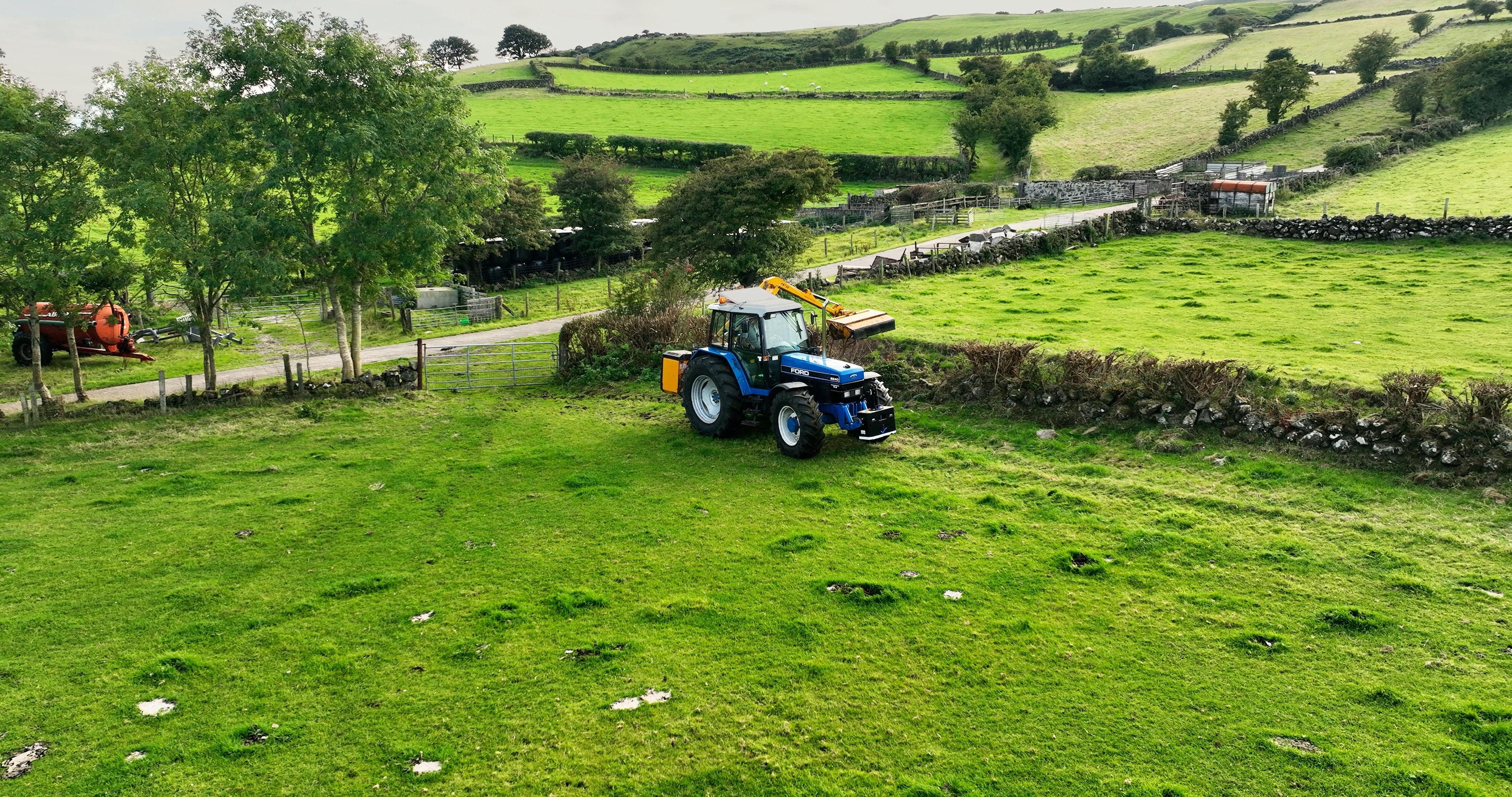Commercial Farming in India: Khetigaadi

Introduction:
Commercial farming is a prominent type of farming, characterized by large-scale operations and profit-oriented practices. Commercial farming has emerged as a driving force in modern agriculture, revolutionising the way we cultivate crops and raise livestock. With a primary focus on profit generation, commercial farming distinguishes itself from subsistence agriculture by operating on a large scale and producing surplus agricultural products for commercial purposes.
What is Commercial Farming?
With its vast agricultural resources, India has a significant presence in commercial farming. The country is known for its commercial crops such as rice, wheat, sugarcane, cotton, tea, coffee, and spices. These crops are cultivated on large tracts of land and contribute to the country's economic growth and export revenue.
Commercial farming meaning is an agricultural practice that aims to generate profits by cultivating crops or raising livestock on a large scale. commercial farming involves producing surplus agricultural goods for sale in the market. It requires specialized knowledge, advanced techniques, and modern technology to maximize productivity, efficiency, and profitability. A tractor plays an important role in commercial farming to make agricultural operations more efficient and mechanised.
What are commercial crops?
Commercial crops refer to agricultural plants that are grown primarily for commercial purposes, with the intention of selling them in the market for profit. These crops are cultivated on a large scale and are typically in high demand due to their economic value, market demand, and widespread use in various industries. Commercial crops vary across regions and can include both food and non-food crops. Some examples of commercial crops include wheat, corn, rice, soybeans, cotton, sugarcane, coffee, oilseeds and spices.
Types of Commercial Farming:
Arable Farming: Large-scale cultivation of crops like wheat, corn, rice, and soybeans.
Livestock Farming: Commercial production of animals for meat, dairy, and by-products.
Dairy Farming: Commercial production of milk and dairy products.
Horticulture: Commercial cultivation of fruits, vegetables, flowers, and ornamental plants.
Aquaculture: Farming fish, shellfish, and aquatic plants in controlled environments.
Plantation Agriculture: Large-scale cultivation of cash crops like tea, coffee, and palm oil.
Agroforestry: Integrating trees or shrubs with crops or livestock for ecological and commercial benefits.
Difference between Subsistence Farming and Commercial Farming:
-
Subsistence farming aims to meet the farmer's family's basic needs, while commercial farming focuses on profit generation.
-
Subsistence farming is practised on a small scale, while commercial farming operates on a larger scale.
-
Subsistence farming is not market-oriented, whereas commercial farming is market-oriented.
-
Subsistence farming relies on traditional methods, while commercial farming utilizes modern technology and advanced techniques.
-
Subsistence farming produces primarily for personal consumption, while commercial farming produces a surplus for sale in the market.
-
Subsistence farming is for self-sufficiency, while commercial farming is for profit.
-
Subsistence farming is small-scale, while commercial farming is large-scale.
Commercial Farming Examples:
There are several examples of profitable commercial agricultural businesses all throughout the world. Large-scale commercial grain farming is a speciality of industrialised farms in the United States, Canada, Brazil, and Australia, producing wheat, maize, and soybeans for domestic and international markets. The Netherlands is well-known for its commercial production of flowers and horticultural crops through greenhouse farming. In India, commercial farming includes the cultivation of cash crops like cotton, sugarcane, and spices.
Advantages of Commercial farming:
-
Higher productivity and larger yields.
-
Cost savings through economies of scale.
-
Increased profitability and income generation.
-
Access to advanced agricultural technologies.
-
Creation of job opportunities in rural areas.
-
Improved food security for growing populations.
-
Better market access and distribution networks.
-
Encourages innovation and research in farming practices.
-
Stimulates rural development and economic growth.
-
Embraces sustainable farming practices for environmental conservation.
Visit the khetigaadi website for more information about Tractor, Agricultural implements, Tractor Price, and Tractor Videos.
- Art
- Causes
- Crafts
- Dance
- Drinks
- Film
- Fitness
- Food
- Juegos
- Gardening
- Health
- Home
- Literature
- Music
- Networking
- Other
- Party
- Religion
- Shopping
- Sports
- Theater
- Wellness




